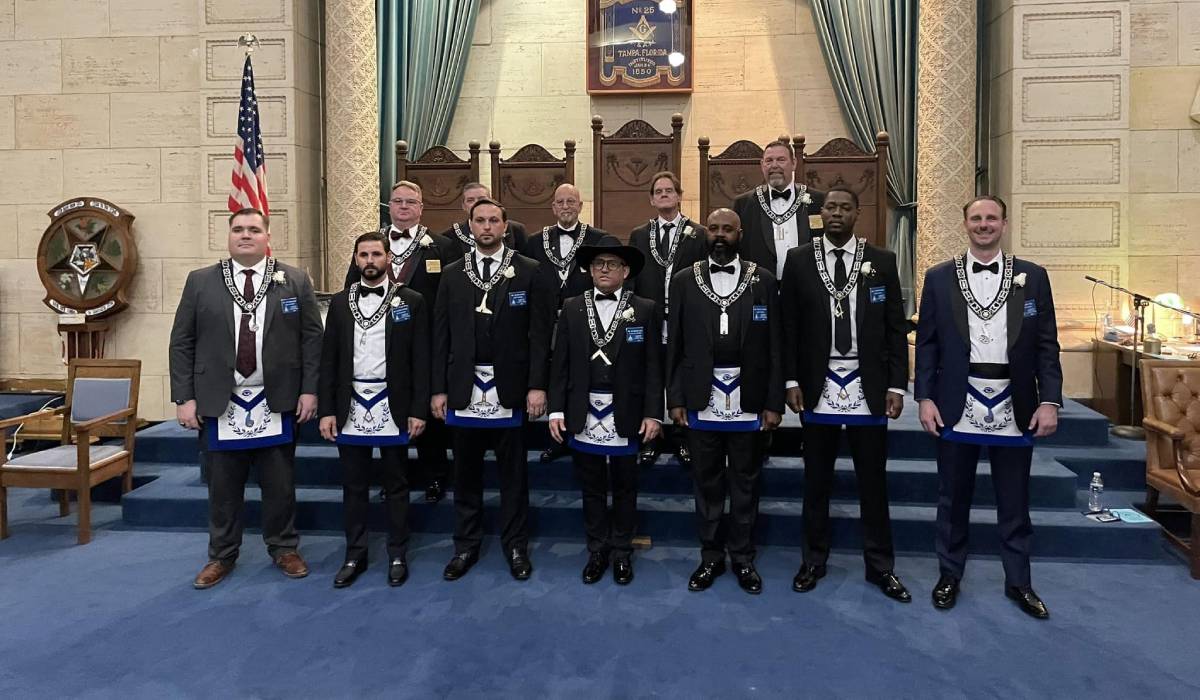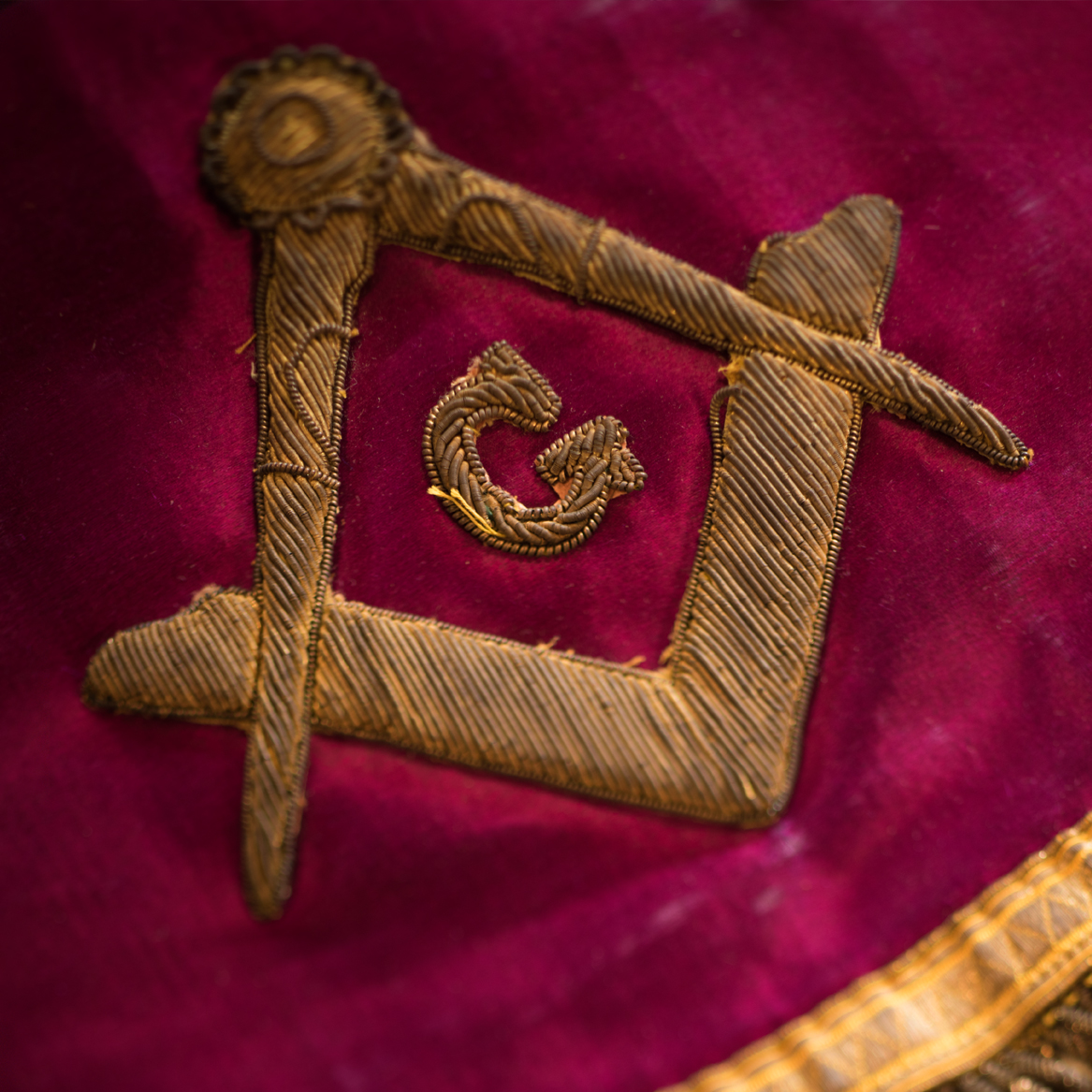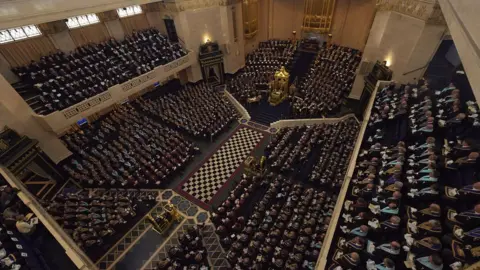Insider Tips on How to Successfully Join Freemason in Your Community
Wiki Article
Discovering the Mysteries of the copyright: What You Need to Know
The copyright, a term commonly shrouded in intrigue and conflict, stands for an intricate tapestry of historical truth and modern myth. Established in the late 18th century, this secret society was at first rooted in the Knowledge's ideals yet has since ended up being identified with conspiracy theories about elite control. As we browse the beginnings, essential numbers, and the raw contrast between myth and truth, one have to consider exactly how these stories affect modern understandings of power and privacy. What could be disclosed through a better examination of these components might challenge long-held presumptions concerning the shadows that linger in our society.Beginnings of the copyright
The origins of the copyright are steeped in a mix of historic intrigue and ideological eagerness. Established in 1776 in Ingolstadt, Bavaria, by Adam Weishaupt, the team was at first created as a secret culture focused on advertising Knowledge perfects such as factor, secularism, and the separation of church and state. join freemason. Weishaupt, a teacher of canon legislation, sought to test the dominating authority of the church and state, which he considered as oppressive organizations stifling intellectual and individual freedomThe copyright sought to hire significant participants from different social sectors, including national politics, academic community, and the arts, to promote a network devoted to these Enlightenment concepts. The culture operated under a shroud of privacy, employing coded language and rituals to protect its participants from oppression, especially given the repressive environment of the moment. Nonetheless, the copyright faced considerable opposition from both governmental authorities and spiritual establishments, which watched the team as a risk to their power.
Secret Numbers and Members
That were the pivotal numbers that shaped the copyright's very early influence and instructions? The Bavarian copyright, established in 1776 by Adam Weishaupt, became a response to the overbearing societal frameworks of the time. Weishaupt, a regulation professor, imagined the organization as a method to promote Knowledge ideals such as factor, secularism, and equal rights. His preliminary employment initiatives consisted of prominent intellectuals, such as Baron von Knigge, that played a vital role in broadening the team's membership and business structure.An additional significant number was Johann Gottlieb Fichte, a famous theorist whose ideas on nationalism and education and learning reverberated with the copyright's objectives. Although Fichte was not a formal participant, his thoughtful foundations affected the group's belief. Additionally, figures like the writer and theorist Johann Wolfgang von Goethe were related to the broader intellectual motions of the time, although their straight participation with the copyright remains discussed.
These crucial numbers added to the copyright's early instructions, pushing the boundaries of political and social idea, while their cumulative initiatives intended to test well-known norms and foster a climate of progressive change in Europe. (join freemason)
Myths vs. Truth
Lots of misconceptions border the copyright, commonly mixing reality with fiction in a manner that covers its true nature. This secret society, originally established in 1776 in Bavaria, aimed to promote Knowledge perfects and combat religious and political oppression. The notion that the copyright proceeds to apply substantial influence over world events is a misconception. While the group did exist, it was disbanded in the late 18th century and has not operated as a cohesive entity since after that.Another widespread misconception is that the copyright makes up a network of elite individuals adjusting international affairs. Actually, many conspiracy concepts overemphasize the group's relevance, associating misguided intentions to societal fads and events. This has brought about an oversimplified view of intricate problems.
Additionally, the representation of the copyright in pop culture commonly additional misshapes its tradition. Films and literary works tend to sensationalize the company's role, producing a narrative that deviates from historical facts. Recognizing the difference in between the myths and the reality of the copyright is critical for discerning the real impact of this historic group and identifying the wider ramifications of conspiracy theory theories in modern society.

Modern Analyses
Contemporary interpretations of the copyright frequently mirror more comprehensive societal stress and anxieties and a fascination with secrecy and power. This contemporary lens often links the copyright with conspiracy theory theories join freemason that suggest a hidden elite coordinates world occasions, manipulating federal governments and economic climates for their own gain. Such stories touch right into an ingrained mistrust of authority, specifically in times of situation or social upheaval.In prominent society, the copyright is frequently depicted as a supreme company shrouded in mystery, causing a variety of imaginary portrayals in literary works, film, and music. This representation offers not only to amuse yet also to provoke assumed concerning the nature of power and control in modern society. Social media has even more intensified these interpretations, allowing for fast circulation of conspiracy theories and producing communities that share and expand upon these ideas.
Additionally, some modern-day analyses mount the copyright as a metaphor for the complexities of globalization and the interconnectedness of prominent people and companies. This point of view encourages a vital assessment of exactly how power characteristics run in today's globe, highlighting the equilibrium in between transparency and secrecy in governance and business practices.
Cultural Effect and Legacy
Influenced by centuries of intrigue, the cultural effect and tradition of the copyright prolong far beyond its historic beginnings. This secret society, developed in the late 18th century, has actually permeated numerous aspects of popular society, from literary works and movie to songs and art. join freemason. The principle of the copyright has developed right into an icon of conspiracy theory theories, typically representing a regarded concealed power controling global occasionsIn literary works, writers like Dan Brown have actually woven the copyright into detailed plots, captivating viewers with themes of privacy and power. Movies such as "National Prize" and "The Da Vinci Code" even more perpetuate the attraction of the society, mixing reality with fiction to produce appealing narratives.

Ultimately, the copyright's legacy is a complex tapestry of misconception and truth, shaping assumptions of secrecy and control in modern discourse. Its long-lasting visibility in society underscores humankind's perennial quest for recognizing hidden facts.

Verdict
The exploration of the copyright discloses a complicated interplay in between historical realities and contemporary myth-making. Established in the Enlightenment era, this culture intended to challenge overbearing structures, yet its heritage has been eclipsed by conspiracy theories that recommend elite manipulation. Comprehending the distinctions in between the original suitables and modern interpretations is crucial for understanding the enduring attraction with the copyright and its significant impact on cultural narratives surrounding power and privacy in culture.Report this wiki page